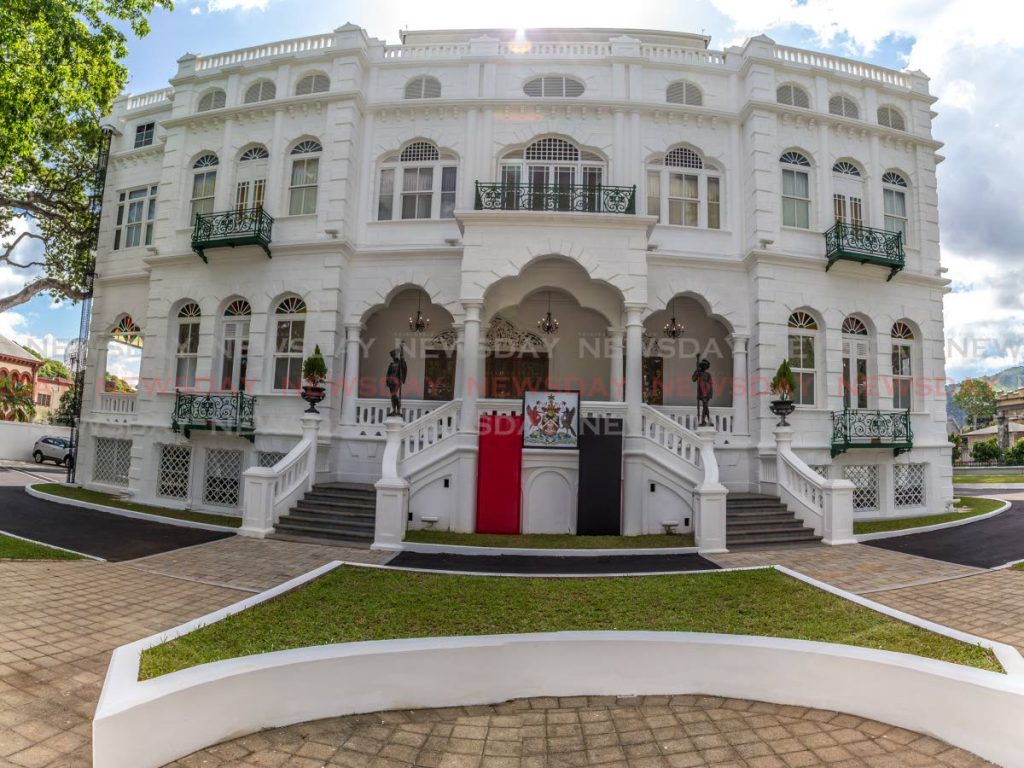Whitehall opens door to cultural tourism

They’re hailed as masterpieces of colonial architecture, highlighted in textbooks and tourist guides as a testament to the craftsmanship of Trinidadians in days gone by.
But for several years, most of the Magnificent Seven were anything but: they were almost on the verge of collapse, along with other emblems of TT’s history like the Red House and President’s House.
Then, in 2016, the Prime Minister himself took an active role in overseeing the restoration, and last year, the first of those projects, Stollmeyer’s Castle (now Castle Killarney) was handed back to the people of TT. Just last week, its neighbour, Whitehall, was completed and this week resumed its duties as the official Office of the Prime Minister. The Red House is set to be back as the seat of Parliament in the new year and President’s House should be ready for occupancy sometime in the next few months.
The Prime Minister should be commended for this initiative. As he said at the re-commissioning of both Stollmeyer’s Castle and Whitehall, these buildings represent the history and soul of TT and its people and we should be grateful to have them and care for them.
Of course, there’ll be those who’ll complain about the cost, especially in a time of economic tightness. Restoration on Stollmeyer’s cost about $16 million, while Whitehall cost $32 million. The Red House is estimated at about $400 million.
But these are not vanity projects. Rather, they are investments. These buildings, Whitehall and the Red House especially, are the face we as a country project to the world.
But more than that, they are opportunities for diversification. These buildings are perfect as cultural tourism ambassadors. They’re already iconic. Now, refurbished their potential as a tourist attraction is enhanced.
Cultural tourism is more than just Carnival. Our buildings are part of our heritage and showing them off should be a source of pride.
Fifteen million people visit Buckingham Palace annually, and nearly one million visit the White House – there are bound to be Trinidadians and Tobagonians in that mix.
There’s no reason that the Magnificent Seven can’t be the Caribbean equivalent. With the right policies, these projects can earn back their expense and more.
A survey by the World Tourism Organisation, published in 2017, suggested that nearly 40 per cent of tourists can be classified as cultural tourists.
“It is widely recognised that culture is often a primary motivator for tourists to visit a destination. It can also be an important secondary motivator,” the report said.
Speaking at the Whitehall commissioning, Dr Rowley said he can’t recall another street in the Caribbean like the Magnificent Seven stretch.
Now it’s time to market it.


Comments
"Whitehall opens door to cultural tourism"